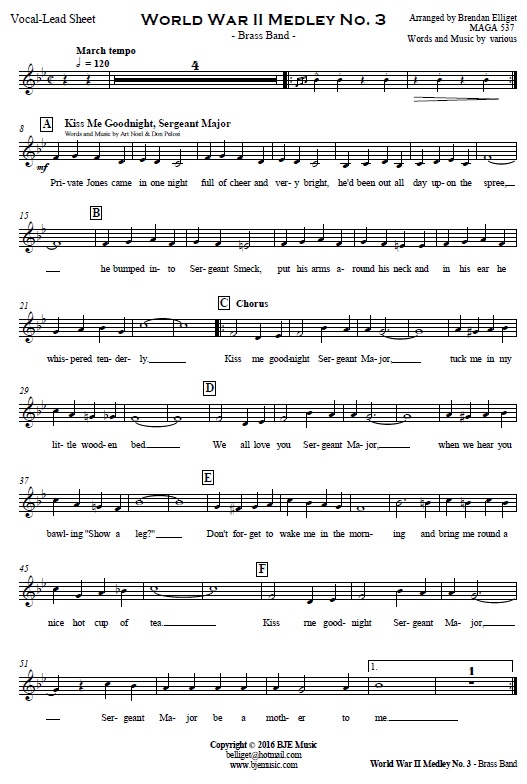

The photo shows Sun with Soong Ching-ling on the deck of the Japanese ship Hokurei Maru. On 4 December 1924, a tired and frail Sun Yat-sen arrived in Tianjin on a ship from Japan.
On the right is Soong Ching-ling, and on the left is superintendent Chiang Kai-shek. Sun Yat-sen speaking at the opening of the Whampoa Military Academy, 16 June 1924. The warlords in Guangzhou opposed Sun’s northern offensive, and did all they could to hinder the Guangzhou military government. At the time, Sun’s revolutionary efforts met with great resistance. Sun Yat-sen and Soong Ching-ling at Sun’s mansion in Guangzhou, 1923. Umeya was a firm supporter of Sun’s revolutionary efforts, and provided resources and supplies to Sun during his exile in Japan. Sun Yat-sen (centre) with friend Shōkichi Umeya and wife, March 1914. This is a valuable historical photo from the Chinese revolutionary era. Sun Yat-sen (back row, centre) hosted by friend Shōkichi Umeya (in front of Sun) at Matsumotorō restaurant in Hibiya Park, Tokyo, during Sun’s exile in Japan, 1913.

On 25 October 1915, Sun Yat-sen and Soong Ching-ling were married in Tokyo, and had their wedding photos taken on 24 April 1916. They fell in love and got married in Tokyo in 1915. Soong Ching-ling’s father Charlie Soong was a long-time supporter of Sun’s revolution, and Ching-ling was Sun’s secretary during his exile in Japan. A studio shot of Sun Yat-sen with Soong Ching-ling in Shanghai, 1922. She was by his side from the first National Congress of the Kuomintang (KMT), to cooperation with the Chinese Communist Party (CCP), the establishment of the Whampoa Military Academy, and then Sun’s journey north for peace talks, right up until his death. Subsequently, Madame Sun Yat-sen (as she later became known) followed her husband back to Shanghai and then Guangzhou. Despite this, with the blessing of Japanese friends and the comrades of the Chinese Revolutionary Party, Sun Yat-sen and Ching-ling were married in Tokyo. He was dead set against the relationship, as he felt it was just hero worship by the young Ching-ling. Soong sent his second daughter Ching-ling to Tokyo to be Sun’s secretary and to assist with daily chores and miscellaneous work, only for the two to fall in love, much to Soong’s fury when he found out. In 1913, Sun Yat-sen was exiled in Tokyo, where he established the Chinese Revolutionary Party to oppose Yuan Shikai’s return to power. A marriage that a father did not approve ofĬharlie Soong’s three daughters were all born in China, but he sent them to be educated in the US. As a Hainanese and an overseas Chinese, Charlie Soong’s family was seen as a legend among the overseas Chinese community. He met Sun Yat-sen in 1894, and started funding the revolution. Soong later returned to Shanghai as a missionary. He was baptised as a Christian, taking the name Charles Jones Soong, and became popularly known as Charlie Soong. He migrated to Boston in the US, where he was influenced by revolutionary ideas. Their father Soong Chia-shu (宋嘉树) hailed from Wenchang city on Hainan island, Guangdong province. The Soong sisters are undoubtedly the most well-known and prominent sister trio in China’s modern history.


 0 kommentar(er)
0 kommentar(er)
